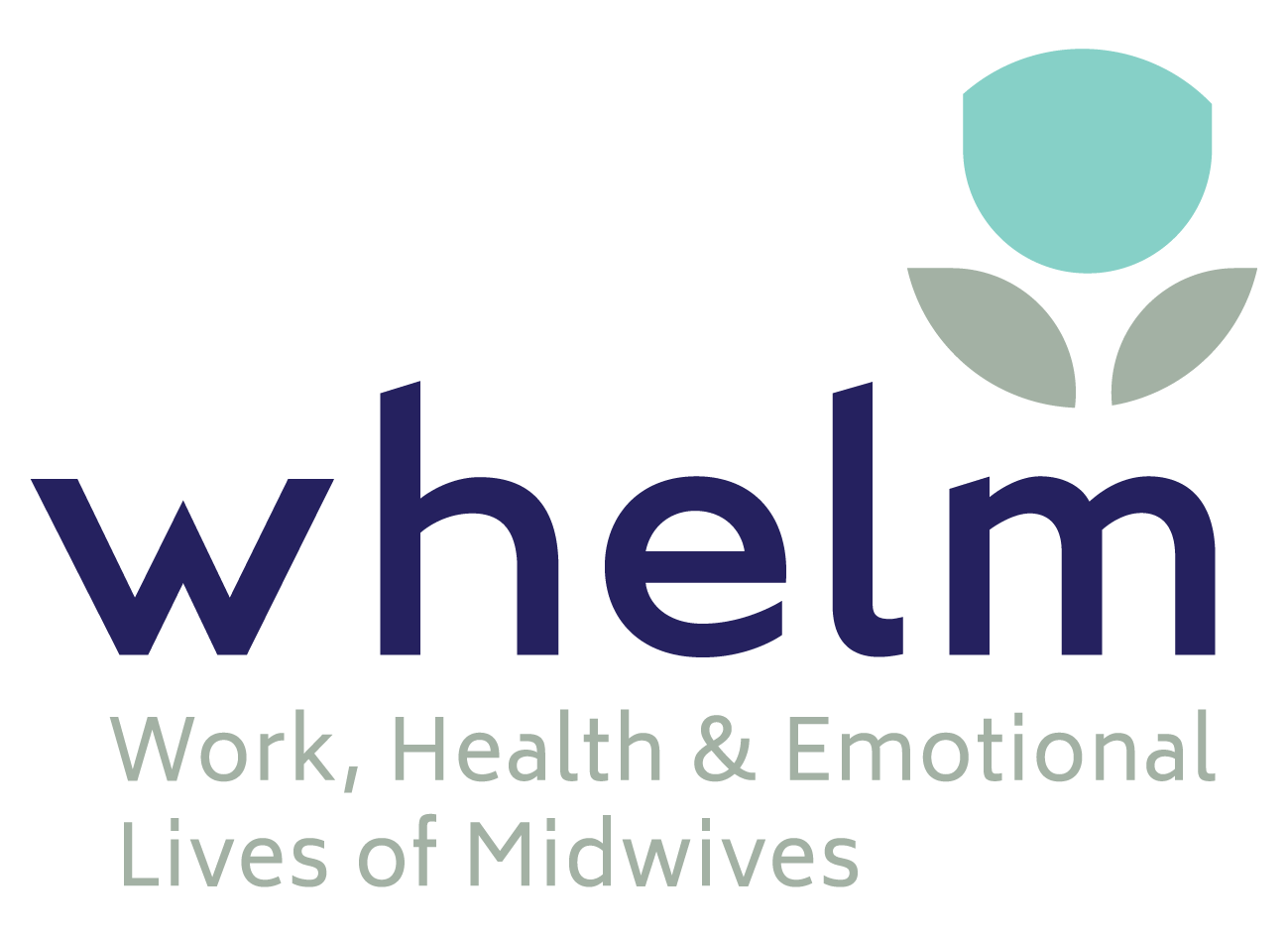Health economics and maternal and infant health
Study 1 – Maternity 1000
The project seeks to quantify the value associated with different models of maternity care by assessing the difference in outcomes versus the cost implications. The project considers both costs and outcomes over the First 1,000 days’ time period, allowing longer term impacts to be captured.
Costs will be assessed from both the health system’s perspective, and the individual’s perspective. This project uses a linked administrative dataset of 186,000 women who gave birth in Queensland in the 2012 – 2015 time period.
This dataset is called Maternity1000 and contains information from the Perinatal Data Collection, Admitted Patient Data Collection, Emergency Department Information System, Medicare Benefits Schedule claims records, and Pharmaceutical Benefits Scheme claims records. As such, it contains a detailed record, at the individual level, of each woman’s and child’s health service use during pregnancy and up to two years following birth.
This project comes at a time when health policy makers are seeking solutions for more efficient means of providing maternity care. The outcomes of this project will provide previously unavailable information on the value of different models of care to the health system and to its users.
Lead: Associate Professor Emily Callander
Contact
Study 2 – Patient decision-making and the increasing costs of maternal healthcare
This project could be the answer to the question many women’s ask when they are weighing up maternity care options – how much will maternity care cost me?
This project aims to quantify the out-of-pocket fees paid by women in different locations for various forms of maternity care. Outcomes from this study will be available to women in the near future to enable them to make more informed decisions about their care options during pregnancy.
The proportion of women birthing in private hospitals has declined significantly in recent years. Out-of-pocket costs of private care are potentially influencing women’s decision-making.
An initial study undertaken by Associate Professor Callander indicated that since 1993 the largest increase in the cost of any MBS service was for out-of-hospital obstetrics, with an increase of 1,035%. Out-of-pocket costs for in-hospital services rose by 77%. These figures were adjusted for inflation and revealed a staggering increase in the amount being charged to women.
Pregnant women can access care within a public hospital free of charge at the time of birth, if they choose. However, during the pregnancy they still may face out-of-pocket charges for primary care and diagnostic services. Furthermore, those accessing private care may be unaware of the out-of-pocket fees for private services.
Publications:
Callander, E., Topp, S., Fox, H., Corscadden, L. (2020). Out-of-pocket expenditure on health care by Australian mothers: Lessons for maternal health coverage from a long-established system. Birth, 47(1), 49 – 56. https://doi.org/10.1111/birt.12457
Lead: Associate Professor Emily Callander
Contact
Study 3 – Economic evaluation of maternal health interventions
Associate Professor Callander is evaluating a number of interventions and services that are proposed, or have been implemented, into routine maternity care across Australia.
The aim of these studies is to quantify the costs associated with using these interventions relative to the outcomes they achieve.
This study is being conducted in collaboration with a number of leading research groups, including the Mater Research Institute, the NHMRC Clinical Trials Centre, and service providers, such as the Gold Coast University Hospital. These interventions include:
- novel treatments of iron deficiency anaemia in pregnancy,
- monitoring fetal movements,
- continuity of midwifery care, and
- utilising participatory women’s groups to improve quality of Indigenous women’s pregnancy care.
Publications:
Callander, E., Creedy, DK., Gamble, J., Fox, H., Toohill, J., Sneddon, A., Ellwood, D. (2019). Reducing caesarean delivery: An economic evaluation of routine induction of labour at 39 weeks in low-risk nulliparous women. Paediatric and Perinatal Epidemiology, 34(1), 3 – 11. https://doi.org/10.1111/ppe.12621
Flenady, V., Gardener, G., Boyle, FM., Callander, E., et al. (2019). My Baby’s Movements: A stepped wedge cluster randomised controlled trial to raise awareness of fetal movements during pregnancy study protocol. BMC Pregnancy Childbirth, 19, 430. https://doi.org/10.1186/s12884-019-2575-1







